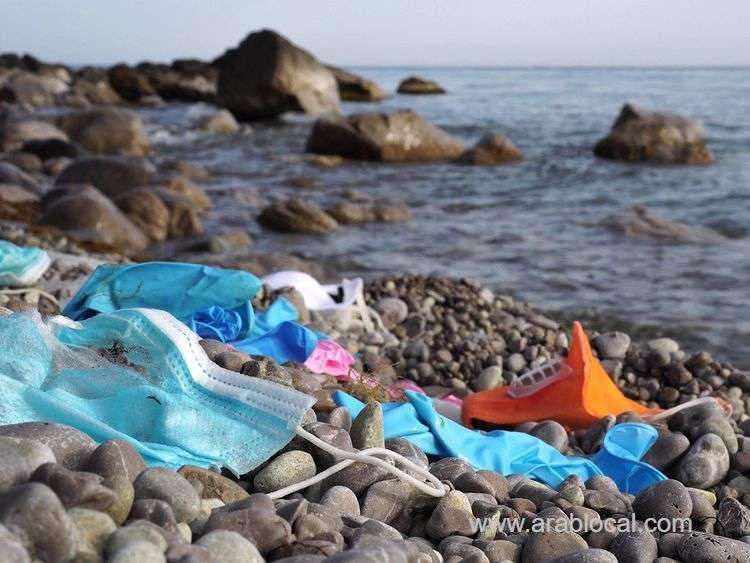Saudi Arabia has instituted a new system to protect the marine environment with strict penalties, including imprisonment of up to 10 years and fines reaching SR30 million.
Strict Penalties for Environmental Crimes
Under the new system, environmental crimes that damage water resources, such as pollution caused by chemicals or waste, are liable to fines ranging from SR1 million to SR30 million, depending on the severity of the violation and its impact on the marine environment.
Enforcement Against Individuals and Companies
The penalties will be imposed on individuals and companies involved in such violations. The kingdom’s Public Prosecution has emphasized that the new environmental law will be strictly enforced to protect marine zones and water resources.
The Saudi Green Initiative (SGI)
In 2021, Crown Prince Mohammed bin Salman launched the Saudi Green Initiative (SGI), aiming to achieve three primary objectives: reducing emissions, increasing afforestation, and regenerating land, in addition to protecting land and marine areas.
Uniting Efforts to Combat Climate Change
The SGI aims to consolidate the kingdom’s efforts to fight climate change, focusing on accelerating the green transition.
The initiative aims to reduce carbon emissions by more than 4% of global contributions through renewable energy projects, providing 50% of the kingdom's electricity by 2030, alongside clean hydrocarbon technology projects.
Afforestation and Land Rehabilitation
Last October, a roadmap to achieve the goal of planting 10 billion trees was unveiled at the MENA Climate Week held in Riyadh.
Over 95 Million Trees Planted
According to recent official figures, more than 95 million trees have been planted across Saudi Arabia since the launch of the SGI.
This tree expansion has been driven by efforts from a national afforestation program in partnership with government, private sector, and non-profit organizations.
Rehabilitating Degraded Land and Protecting Natural Resources
Over the past three years, more than 111,000 hectares of degraded land have been restored, and 4.3 million hectares have been protected, according to the National Center for Vegetation Cover Development and Combating Desertification.





